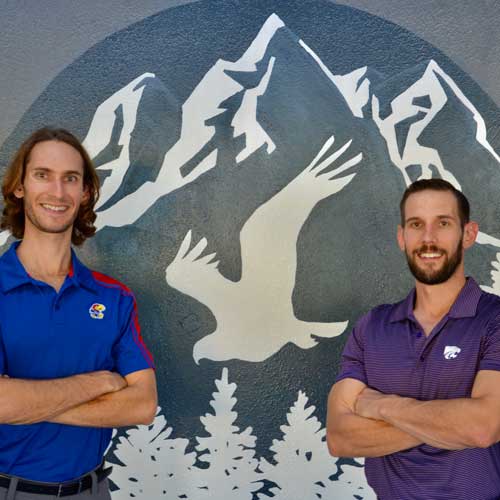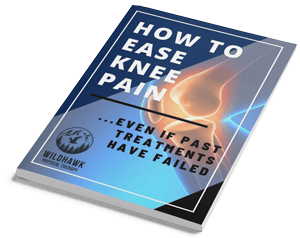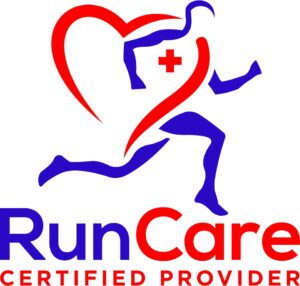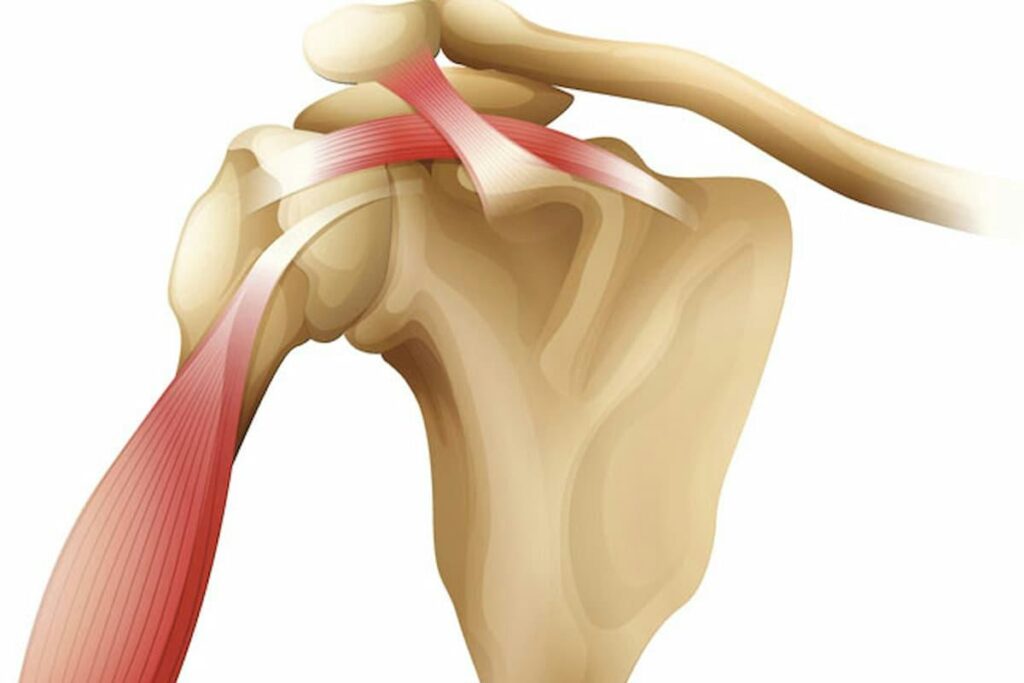
Introduction
Welcome to another informative blog post from WildHawk Physical Therapy. In this article, we’ll delve into the intricacies of rotator cuff repairs—an important orthopedic procedure designed to address issues with the shoulder’s crucial stabilizing structures. Whether you’re considering rotator cuff surgery, have recently undergone the procedure, or are supporting a loved one through the recovery, understanding the details of rotator cuff repairs is essential. From the anatomy of the shoulder to the decision-making process and post-operative care, we’ll provide valuable insights for individuals seeking relief from shoulder pain and dysfunction.
The Anatomy of the Rotator Cuff
Before exploring rotator cuff repairs, it’s essential to understand the anatomy of the shoulder’s rotator cuff:
- Muscles Involved: The rotator cuff is comprised of four muscles—the supraspinatus, infraspinatus, teres minor, and subscapularis. These muscles work together to provide stability and facilitate shoulder movement.
- Tendons: The muscles of the rotator cuff attach to tendons that form a cuff around the head of the humerus (upper arm bone).
- Function: The rotator cuff plays a crucial role in lifting and rotating the arm, contributing to the overall mobility and function of the shoulder joint.
Indications for Rotator Cuff Repairs
Rotator cuff repairs are typically recommended for specific conditions:
- Tendon Tears: Tears in the tendons of the rotator cuff, whether partial or full-thickness, can lead to pain, weakness, and limited shoulder function.
- Degenerative Changes: Over time, wear and tear on the rotator cuff tendons can lead to degenerative changes, making them more susceptible to tears.
- Traumatic Injuries: Acute injuries, such as a fall or direct impact to the shoulder, can result in rotator cuff tears.
- Chronic Overuse: Repetitive overhead activities, common in certain sports or occupations, can contribute to chronic overuse of the rotator cuff, increasing the risk of tears.
Types of Rotator Cuff Repairs
Rotator cuff repairs can be approached through various surgical techniques:
- Arthroscopic Repair: This minimally invasive approach involves small incisions through which a tiny camera (arthroscope) and surgical instruments are inserted to visualize and repair the torn tendons.
- Open Repair: In some cases, a larger incision may be made to directly access and repair the damaged rotator cuff.
- Mini-Open Repair: This approach combines elements of both arthroscopic and open techniques, offering a balance between visualization and direct access.
The Surgical Procedure: What to Expect
The actual rotator cuff repair procedure involves several key steps:
- Anesthesia: Patients are typically given general anesthesia to ensure comfort throughout the surgery.
- Incision: Depending on the chosen surgical approach, incisions are made to access the damaged rotator cuff.
- Tendon Inspection: The surgeon carefully inspects the torn tendons, assessing the extent of the tear and the overall condition of the rotator cuff.
- Tendon Repair: The torn tendons are meticulously reattached to the bone using sutures or anchors, restoring their function and integrity.
- Closure: After the repair is complete, the incisions are closed, and the surgical site is bandaged.
Post-Surgery: Rehabilitation and Recovery
Recovery from rotator cuff repair surgery is a gradual process that involves:
- Immobilization: Initially, the arm may be placed in a sling to limit movement and protect the repaired tendons.
- Physical Therapy: A structured physical therapy program is initiated to gradually restore range of motion, strength, and function.
- Pain Management: Medications may be prescribed to manage post-operative pain and reduce inflammation.
- Gradual Return to Activities: Over time, patients progress through a phased rehabilitation program, gradually reintroducing activities and strengthening exercises.
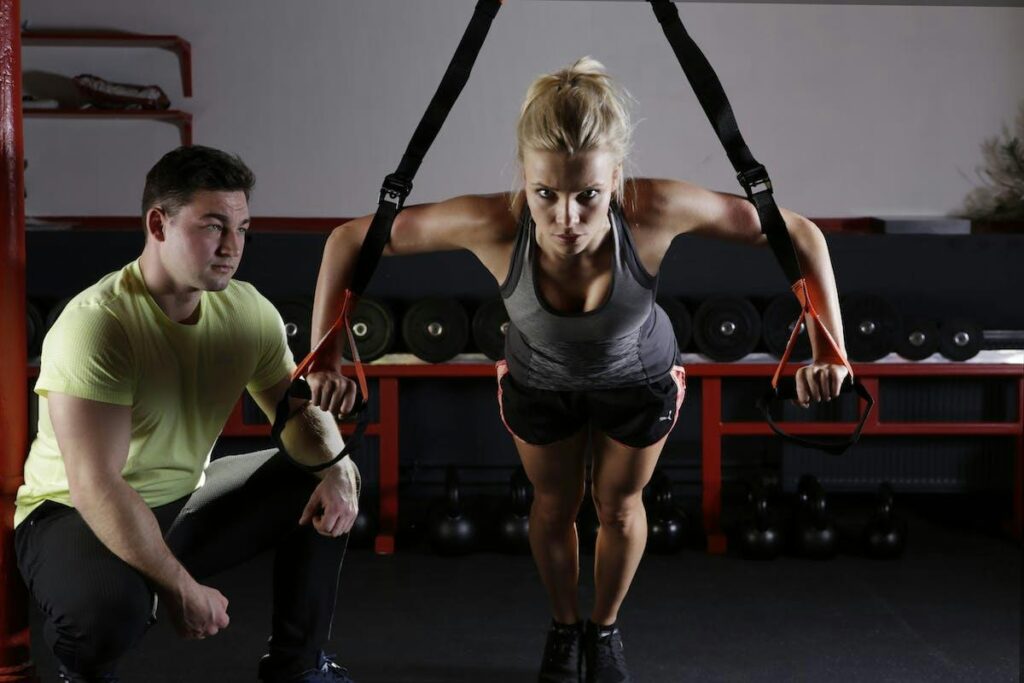
Challenges and Considerations
While rotator cuff repairs can yield positive outcomes, it’s crucial to be aware of potential challenges:
- Rehabilitation Commitment: Successful recovery requires a commitment to rehabilitation exercises and adherence to the prescribed program.
- Potential Complications: As with any surgery, there are potential risks, including infection, stiffness, and the need for additional procedures.
- Individual Factors: The success of the surgery can be influenced by individual factors such as age, overall health, and the extent of the tendon tear.
Long-Term Benefits
Rotator cuff repairs offer numerous long-term benefits:
- Pain Relief: Many individuals experience significant pain relief and improved shoulder function following successful rotator cuff repairs.
- Restored Range of Motion: Rehabilitation helps restore and even enhance the range of motion in the shoulder.
- Enhanced Strength: Strengthening exercises aim to improve the strength of the repaired rotator cuff, reducing the risk of future injuries.
WildHawk Physical Therapy – Supporting Your Shoulder Health Journey
At WildHawk Physical Therapy in Asheville, NC, we recognize the importance of comprehensive care throughout the rotator cuff repair journey. Our team of experienced physical therapists is dedicated to providing support at every stage, from pre-surgery education to post-operative rehabilitation. If you’re considering rotator cuff repair surgery or are in the recovery phase, don’t hesitate to reach out to us for expert guidance and personalized care.
FAQ Section
Frequently Asked Questions:
- Q: How long does the recovery process take after rotator cuff repair surgery?
A: Recovery times vary but typically involve several months of gradual rehabilitation. The specific timeline depends on the extent of the tear and individual factors. - Q: Can physical therapy be customized to individual needs after rotator cuff repair?
A: Yes, physical therapy programs are tailored to each individual’s specific needs, taking into account the type of repair and the patient’s overall condition. - Q: Are there restrictions on activities after rotator cuff repair surgery?
A: Initially, there are restrictions to protect the repaired tendons. Activities are gradually reintroduced as the shoulder heals and gains strength. - Q: Can rotator cuff repairs be performed on an outpatient basis?
A: In some cases, arthroscopic rotator cuff repairs can be performed on an outpatient basis, allowing patients to return home on the same day as the surgery.


